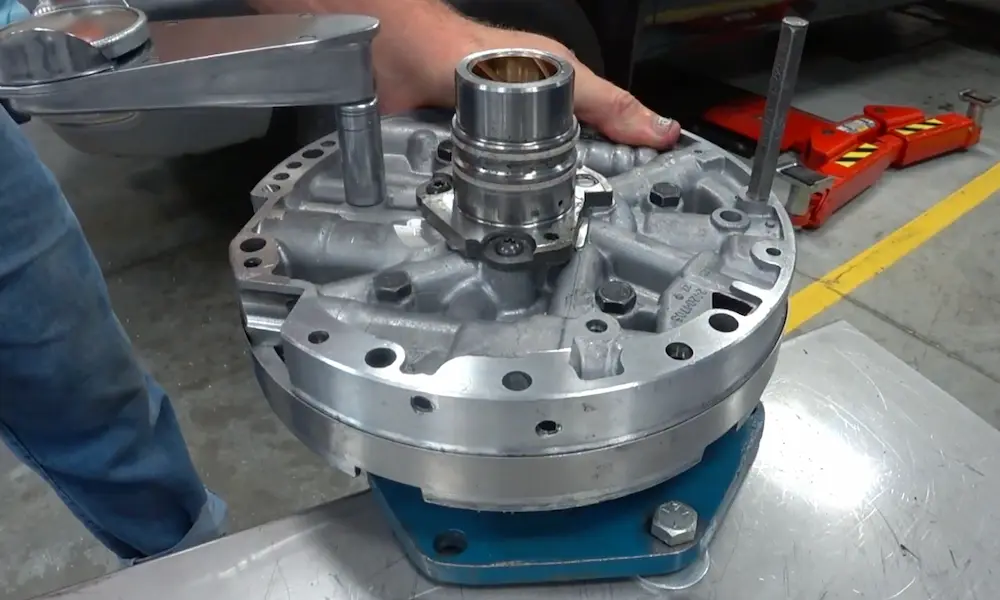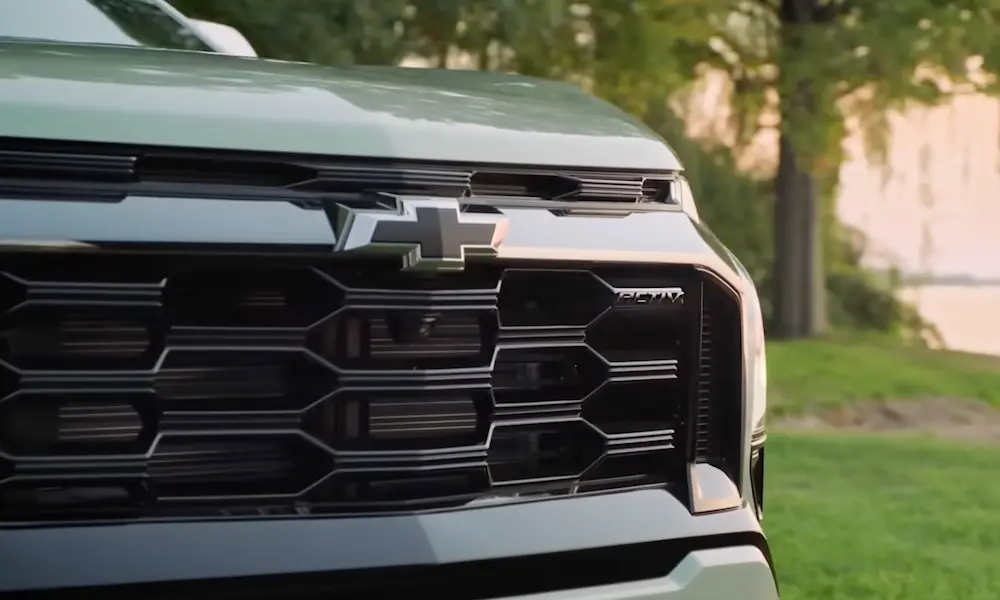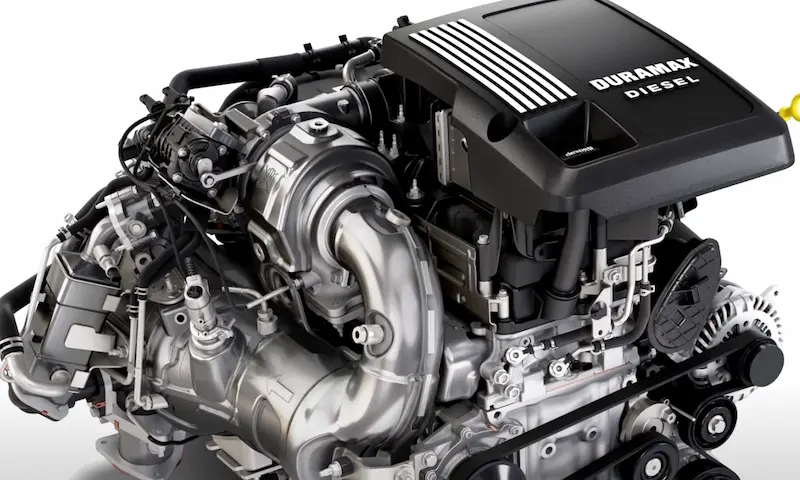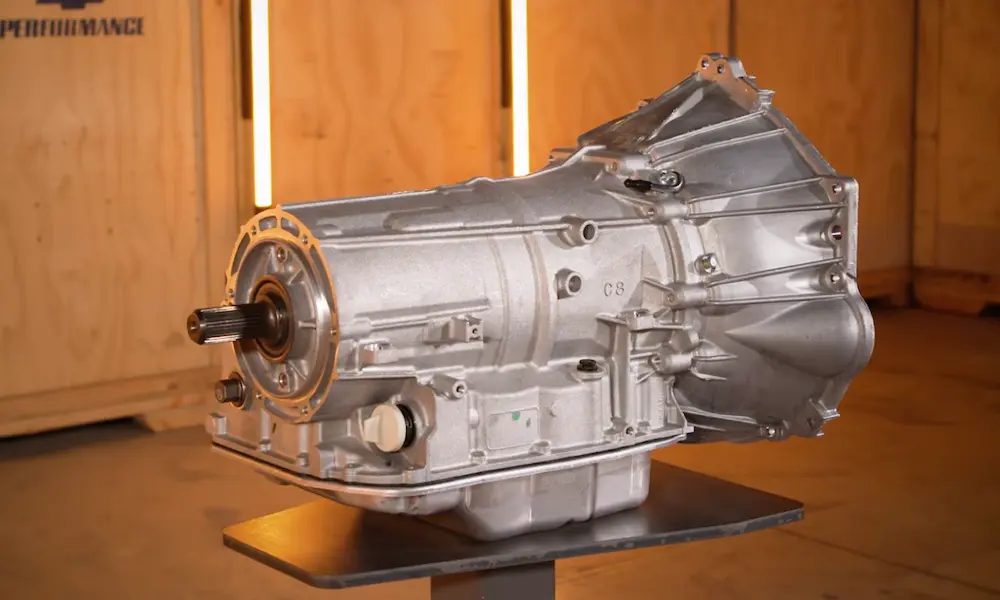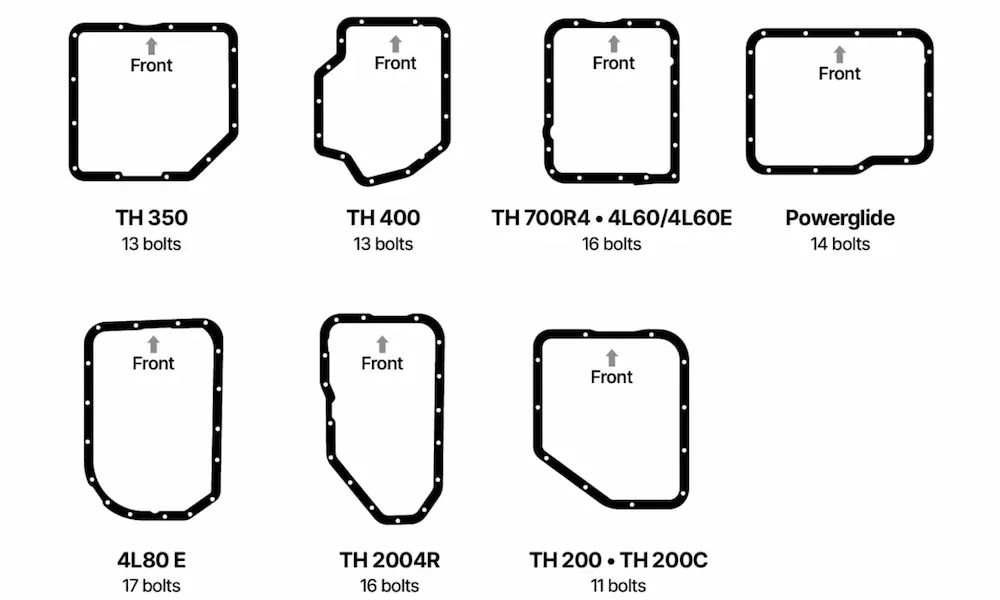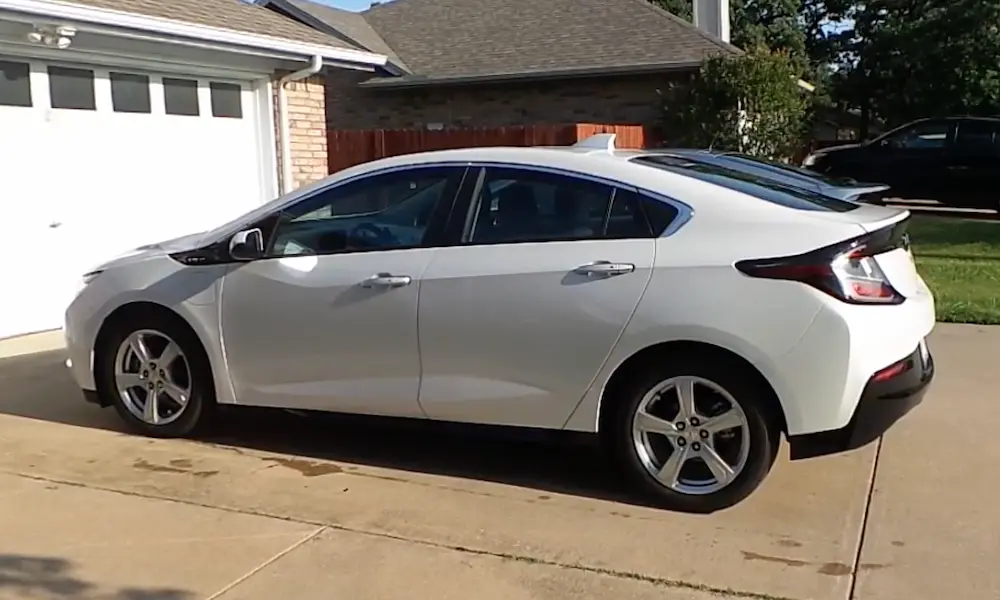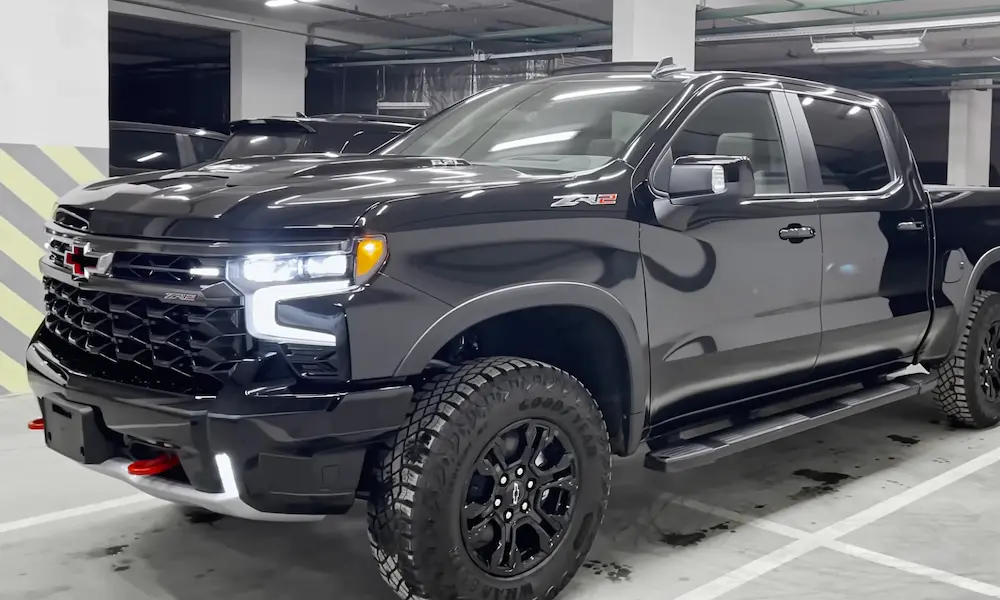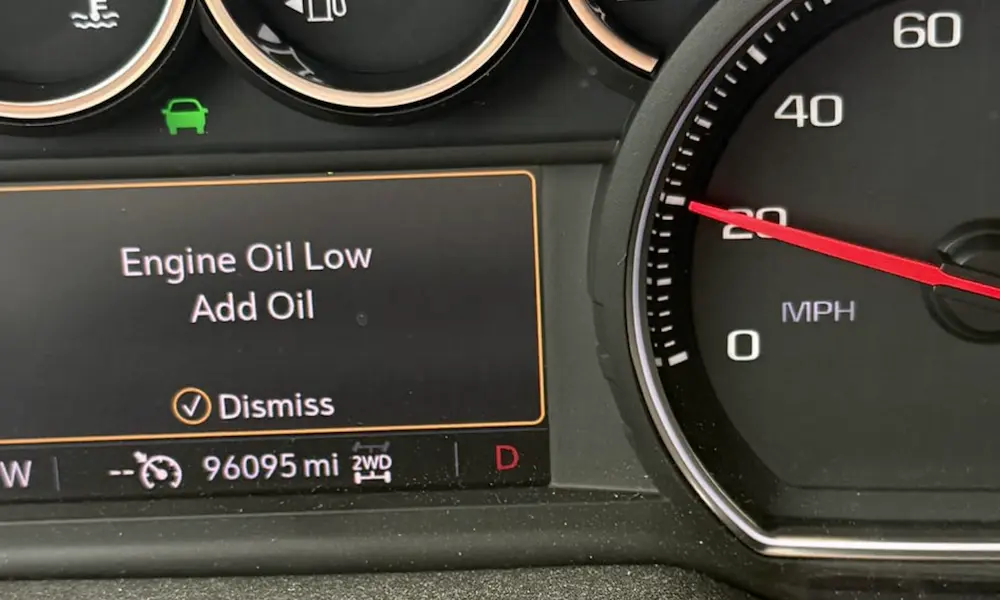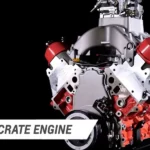When it comes to raw American muscle, few engines stand out like the LSA. This supercharged beast has powered some of GM’s most impressive performance vehicles, giving gearheads and everyday drivers alike something to drool over. But what exactly makes this engine so special? Let’s dive into the nitty-gritty of LSA engine specs and see why it continues to be a favorite among performance enthusiasts.
What Is the LSA Engine?
The LSA is a supercharged 6.2-liter V8 engine developed by General Motors as part of their fourth-generation LS engine family. It’s the high-performance heart that powered the second-generation Cadillac CTS-V and fifth-generation Chevrolet Camaro ZL1.
At its core, the LSA combines traditional American V8 muscle with modern forced induction technology. The result? An engine that delivers breathtaking power while maintaining surprisingly good drivability for everyday use.
LSA Engine Basic Specs
Let’s break down the fundamental numbers that make the LSA tick:
| Specification | Details |
|---|---|
| Engine Type | LS-Series Gen IV Small-Block V8 |
| Displacement | 6162cc (376 cubic inches) |
| Bore x Stroke | 103.25 x 92 mm (4.065 x 3.622 inches) |
| Compression Ratio | 9.1:1 |
| Valve Configuration | Overhead valves, 2 valves per cylinder |
| Firing Order | 1-8-7-2-6-5-4-3 |
| Maximum RPM | 6200 RPM |
The LSA’s 9.1:1 compression ratio might seem low compared to naturally aspirated engines, but it’s intentionally designed this way to accommodate the additional pressure from the supercharger. This balance helps prevent detonation issues while still delivering impressive power.
Performance Figures That Impress
The LSA wasn’t built just to look good on paper—it delivers real-world performance that can pin you to your seat. Here’s what this powerplant offers:
Power Output
- In the Cadillac CTS-V: 556 horsepower at 6100 rpm
- In the Camaro ZL1: 580 horsepower at 6100 rpm
Torque Production
- Cadillac CTS-V: 551 lb-ft at 3800 rpm
- Camaro ZL1: 556 lb-ft at 3800 rpm
These numbers put the LSA in serious performance territory, especially considering it powers production vehicles rather than race-only applications. The torque peak occurring at just 3800 rpm means you get tremendous pulling power throughout the everyday driving range.
The Secret Sauce: Supercharger System
What sets the LSA apart from many of its naturally aspirated cousins is its Eaton 1.9L sixth-generation supercharger. This isn’t just any forced induction system—it’s a marvel of engineering that provides consistent power throughout the rev range.
The supercharger features:
- Four-lobe, high-twist rotors for improved efficiency
- 1.9L displacement per revolution
- Integrated air-to-liquid intercooler system
This supercharger design is critical to the LSA’s character. The four-lobe design with high-twist rotors helps deliver power more smoothly and with less noise than earlier supercharger designs. It’s what gives the LSA its combination of ferocious power and refined delivery.
Building Blocks: Engine Construction
To handle the immense pressures generated by forced induction, the LSA uses premium materials throughout:
Block and Heads
- Block: Cast aluminum with six-bolt, cross-bolted main caps
- Cylinder Heads: A356-T6 rotocast aluminum
- Main Bearing Caps: Nodular iron for strength
Critical Components
- Crankshaft: Forged steel with eight-bolt flange (vs. six-bolt on naturally aspirated engines)
- Connecting Rods: Forged powder metal
- Pistons: Hypereutectic aluminum
- Camshaft: Hollow steel
The block features 20% greater strength than standard LS blocks through optimized bulkhead windows, and the entire engine is assembled with forced induction in mind from the start. It’s not just a naturally aspirated engine with a blower bolted on—it’s purpose-built for boost.
Valvetrain and Camshaft: The Breathing Apparatus
How an engine breathes determines much of its character, and the LSA’s valvetrain is carefully designed to work with its supercharged nature:
Camshaft Specifications
- Type: Hydraulic roller
- Valve Lift: .492 inches intake / .480 inches exhaust
- Duration (@.050 inch): 198° intake / 216° exhaust
Valve System
- Rocker Arms: Investment-cast with roller trunnion (1.7:1 ratio)
- Valve Size: 2.160 inches intake / 1.590 inches exhaust
The camshaft profile is relatively mild compared to some naturally aspirated performance engines. This is intentional—the supercharger handles the job of filling the cylinders, so the cam can be designed for better low-end torque and drivability rather than high-rpm breathing.
Keeping Cool Under Pressure
Supercharged engines generate more heat, and managing this thermal load is critical to reliability. The LSA includes several systems specifically designed for this challenge:
- Piston cooling oil jets spray oil on the underside of each piston to draw away heat
- Upgraded oil pump with impressive 33.8 gallon-per-minute capacity
- Six-quart oil pan with liquid-to-air oil cooler
- Conventional wet sump lubrication system tuned for performance use
These cooling enhancements allow the LSA to perform consistently even under demanding conditions that would cause lesser engines to fail or go into protective mode.
Fuel and Ignition Systems
To feed the hungry 6.2 liters of forced-induction displacement, the LSA relies on:
- Sequential fuel injection
- Premium fuel requirement (91 octane or higher)
- Dual-pressure/center-feed fuel system (36 psi at idle, 87 psi at high speed)
- Direct-mount individual ignition coils
- 58X crankshaft position encoder for precise timing control
This combination ensures that the engine receives precisely the right amount of fuel at exactly the right moment, maximizing both power and efficiency.
Vehicle Applications
The LSA made its mark in some truly impressive machinery:
- 2009-2015 Cadillac CTS-V (sedan, coupe, and wagon)
- 2012-2015 Chevrolet Camaro ZL1
While production of these vehicles has ended, the LSA lives on as a crate engine from Chevrolet Performance, allowing enthusiasts to transplant this powerplant into custom projects.
LSA vs. Other GM Performance Engines
How does the LSA compare to its GM stablemates? Here’s a quick comparison:
| Engine | Displacement | Power | Torque | Induction |
|---|---|---|---|---|
| LS3 | 6.2L | 430 hp | 424 lb-ft | Natural |
| LSA | 6.2L | 556-580 hp | 551-556 lb-ft | Supercharged |
| LS9 | 6.2L | 638 hp | 604 lb-ft | Supercharged |
| LT4 (successor) | 6.2L | 650 hp | 650 lb-ft | Supercharged |
The LSA sits in a sweet spot between the naturally aspirated LS3 and the more extreme LS9 that powered the C6 Corvette ZR1. It was eventually replaced by the Gen V LT4 in GM’s lineup, but many enthusiasts still prefer the LSA for its robust design and proven reliability.
Modifying the LSA: Unleashing More Power
One of the most appealing aspects of the LSA is its potential for aftermarket modifications. The engine responds exceptionally well to upgrades, with relatively simple mods yielding impressive results.
Common LSA modifications include:
- Smaller supercharger pulley (increases boost)
- Cold air intake systems
- Upgraded intercooler
- Custom tune
- Long-tube headers and exhaust upgrades
With these relatively straightforward modifications, owners can push the LSA well beyond 650 horsepower while maintaining reasonable reliability. More extensive mods involving internal engine components can take the LSA into 700+ horsepower territory, though at that point additional supporting modifications become necessary.
The LSA Legacy
The GM 6.2L LSA engine represents a high point in American performance engine design. It successfully bridges the gap between raw power and everyday usability, delivering supercar-level performance in vehicles you could drive to work every day.
Though it’s been succeeded in production vehicles by the fifth-generation LT4 engine, the LSA’s influence continues through its availability as a crate engine for custom projects and its enduring presence in the performance aftermarket.
For those looking to experience one of GM’s finest forced-induction creations, a vehicle powered by the LSA engine offers a compelling blend of thunderous acceleration and surprising refinement. It’s a unique piece of American performance engineering that continues to impress more than a decade after its introduction.
Whether you’re considering purchasing a used CTS-V or Camaro ZL1, evaluating an LSA crate engine for a project car, or simply appreciating it as an enthusiast, the supercharged 6.2L LSA stands as one of GM’s most impressive performance achievements.



